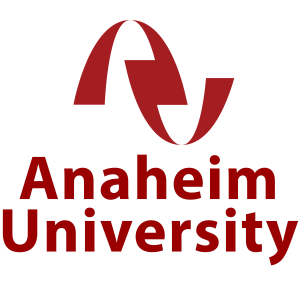Learning Objectives and Strategies
Learning Outcomes
Upon
completion, students will be able to:
- Evaluate the intricacies of purchasing decisions as they relate to the feasibility of existing ventures or franchises.
- Practice effective and principled entrepreneurial managers with the knowledge and analytical skills necessary to craft strategies and initiatives in favor of growth; to evaluate markets and financial trends and to lead the venture toward success and profitability, both in the present and the unknown future.
- Evaluate the effectiveness and efficiency required by management to achieve growth in any economy.
- Develop new strategies which will enable growth and sustainability of the entrepreneurial venture during its transition from startup to profitability to potential globalization.
- Think more critically. Critical thinking is a necessity in a dynamic environment in which success and failure can be measured in real dollars. Thinking independently is de rigueur for entrepreneurs if they want to become successful and to grow their ventures for the future. To effectively participate in this course, students must develop higher-level critical thinking skills as listed in Bloom’s Taxonomy, which include analysis, evaluation and synthesis.
Teaching and learning strategies to implement course objectives
Focus on critical thinking skills: Providing opportunities for students to develop and implement critical thinking skills is a teaching strategy for this course. In order to effectively participate in this course, the students must rely on the higher level critical thinking skills as listed in Bloom’s Taxonomy (analysis, evaluation, synthesis). Students will think independently of the readings and guidance from the instructor. Students are encouraged to challenge, and "think outside the box."
Lecture, discussion via forums, real-time online classes: Lecture, question and answer, discussions, and power point presentations are employed as teaching strategies to achieve the course objective.
Internet use and research: Internet use is a strategy for students to complete the assignments and the final project. An important component is the use of APA when doing research for citations. This referencing strategy is the norm for the field of business.
Library use: Students are expected to make use of library facilities to complete assignments as appropriate.
Citation of sources is essential for material submitted which comes from sources other than the students’ own work. Listing of these sources is required.
Background Colour
Font Face
Font Kerning
Font Size
Image Visibility
Letter Spacing
Line Height
Link Highlight
Text Colour
